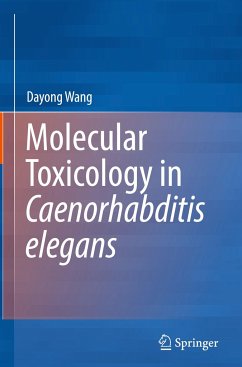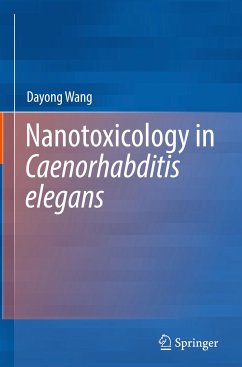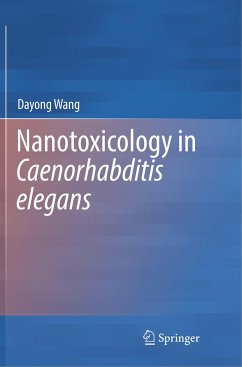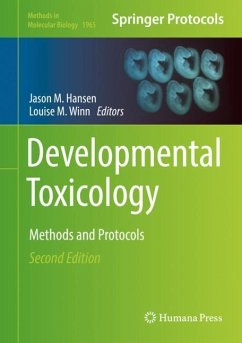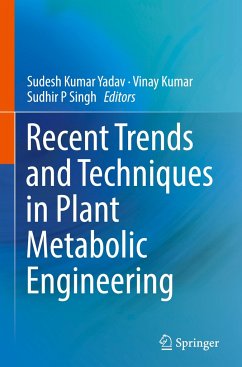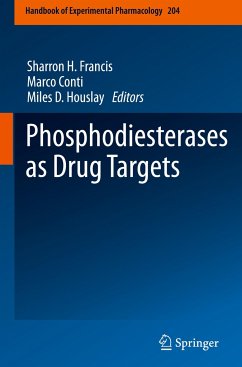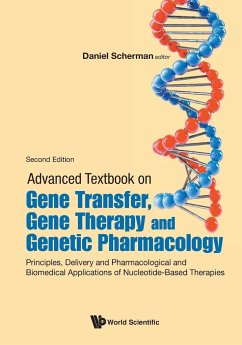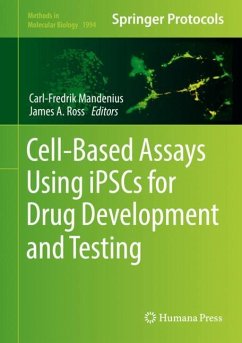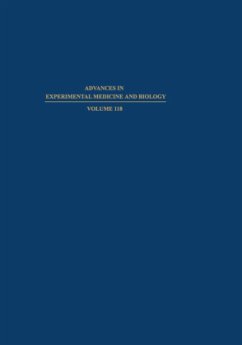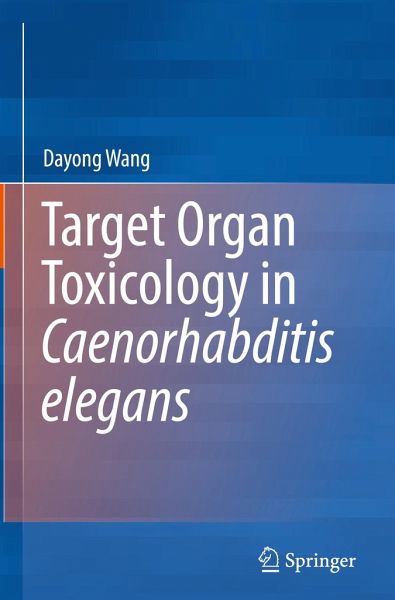
Target Organ Toxicology in Caenorhabditis elegans

PAYBACK Punkte
57 °P sammeln!
This book introduces readers to intestinal and epidermal barriers, and to toxicity induction of environmental toxicants or stresses in the intestine, epidermis, neurons, muscle, and reproductive organs in Caenorhabditis elegans. In addition, it discusses the protective responses of various organs and nematodes' avoidance behaviour with regard to environmental toxicants or stresses. The intestinal, epidermal, neuronal, and germline signalling pathways required for the regulation of toxicity of environmental toxicants or stresses are also introduced and discussed.As a classic model animal with w...
This book introduces readers to intestinal and epidermal barriers, and to toxicity induction of environmental toxicants or stresses in the intestine, epidermis, neurons, muscle, and reproductive organs in Caenorhabditis elegans. In addition, it discusses the protective responses of various organs and nematodes' avoidance behaviour with regard to environmental toxicants or stresses. The intestinal, epidermal, neuronal, and germline signalling pathways required for the regulation of toxicity of environmental toxicants or stresses are also introduced and discussed.
As a classic model animal with well-described genetic and developmental backgrounds, the nematode Caenorhabditis elegans has been successfully and widely used in both toxicity assessments and toxicological studies on various environmental toxicants and stresses. Once exposure to certain environmental toxicants has occurred, the toxicants can enter into the primary targeted organs (such as intestinal cells), and even be translocated into secondary targeted organs (such as reproductive organs and neurons). Based on related available data, this book provides a systematic understanding of target organ toxicology in C. elegans.
As a classic model animal with well-described genetic and developmental backgrounds, the nematode Caenorhabditis elegans has been successfully and widely used in both toxicity assessments and toxicological studies on various environmental toxicants and stresses. Once exposure to certain environmental toxicants has occurred, the toxicants can enter into the primary targeted organs (such as intestinal cells), and even be translocated into secondary targeted organs (such as reproductive organs and neurons). Based on related available data, this book provides a systematic understanding of target organ toxicology in C. elegans.



